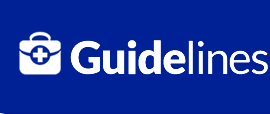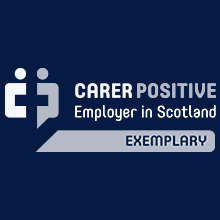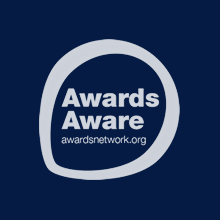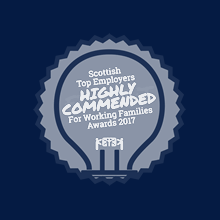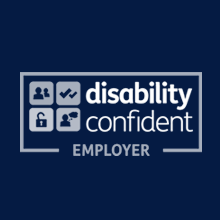Adenoids and tonsils are part of the Waldeyer’s ring of lymphatic tissue. In young children this is essential for achieving immunocompetence. However, as lymphoid tissue, it does react to, for example, URTIs, which are common in young children.
Adenoids themselves are physiological and will regress over time. They are usually at their most prominent around age 2 to 5 and regress by age 8 to 10. No treatment is required for most OSA symptoms, and a large proportion of children can be managed with reassurance and watchful waiting.
Most people have a degree of OSA at some stage in their lives.
Problems:
- Large tonsils and adenoids can lead to upper airway resistance syndrome and OSA.
- In children, indicators are heavy snoring with snort arousals or witnessed periods of apnoea, excessive daytime somnolence or hyperactivity.
- OSA can also lead to faltering growth or obesity.
- Obesity can lead to signs of OSA.
Complaints (but not pathological):
- Hyponasal speech is not pathological, and intervention is not required.
- Some children will also present with snotty noses during this time of development. This also does not require surgical intervention.
- Simple snoring is not a sign of OSA and does not require intervention.
C.M. & G.T. 03-05-23
Suspicion of OSA
Refer to ENT (routine)
- Children with signs of OSA:
- Snoring with snort arousals AND
- Daytime somnolence or hyperactivity AND
- Witnessed apnoeas.
Also in conjunction with (not stand alone referral criteria)
- Otherwise unexplained enuresis
- Otherwise unexplained faltering growth.
Prior to referral, consider medical management as outlined in the primary care management section, particularly if not meeting ALL the above criteria.
Prior to referral address issue of obesity.
This does merit a routine referral. Documented (on sleep study) severe OSA would merit urgent referral.
Important information to include in the referral are height and weight of the patient.
Refer to paediatric respiratory medicine:
- Signs of OSA as above and
- If under age 2.
OSA is such a common complaint that it is not triaged as urgent, unless there are very unusual clinical circumstances.
Management of OSA (for children with no known congenital abnormalities and/or syndromes):
- Consider all common factors that can cause upper airway resistance and ultimately disordered sleep breathing (OSA is on the ‘spectrum’ of disordered sleep breathing), such as obesity, allergic rhinitis/atopy, intercurrent illness such as a URTI;
- Unless OSA is considered severe (affecting daytime behaviour), consider medical management:
- oral montelukast for up to 12 weeks as it can improve symptoms of OSA, with effects lasting up to 9 months (beware of side effects of montelukast which include night terrors in children)
- Please see the East Region Formulary for details:
- Nasal saltwater rinses or sprays
- Nasal steroid spray
- If allergy suspected, oral antihistamine of choice.
- Children with mild OSAs may not require adenotonsillectomy as first choice treatment.
- Bhattacharjee R, Kheirandish-Gozal L, Spruyt K, et al. Adenotonsillectomy outcomes in treatment of obstructive sleep apnea in children: a multicenter retrospective study. Am J Respir Crit Care Med. 2010;182(5):676-683. doi:10.1164/rccm.200912-1930OC
- Friedman M, Wilson M, Lin HC, Chang HW. Updated systematic review of tonsillectomy and adenoidectomy for treatment of pediatric obstructive sleep apnea/hypopnea syndrome. Otolaryngol Head Neck Surg. 2009;140(6):800-808. doi:10.1016/j.otohns.2009.01.043
- Urquhart DS, Hill EA, Morley A (2017) Sleep-disordered breathing in children. Paediatr Child Heal (United Kingdom) 27:328–336
- Kaditis AG, Alonso Alvarez ML, Boudewyns A, et al. Obstructive sleep disordered breathing in 2- to 18-year-old children: diagnosis and management. Eur Respir J. 2016;47(1):69-94. doi:10.1183/13993003.00385-2015
- Kheirandish-Gozal L, Bandla HP, Gozal D. Montelukast for Children with Obstructive Sleep Apnea: Results of a Double-Blind, Randomized, Placebo-Controlled Trial. Ann Am Thorac Soc. 2016;13(10):1736-1741. doi:10.1513/AnnalsATS.201606-432OC
